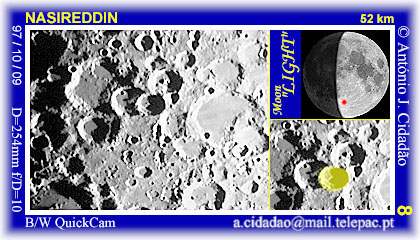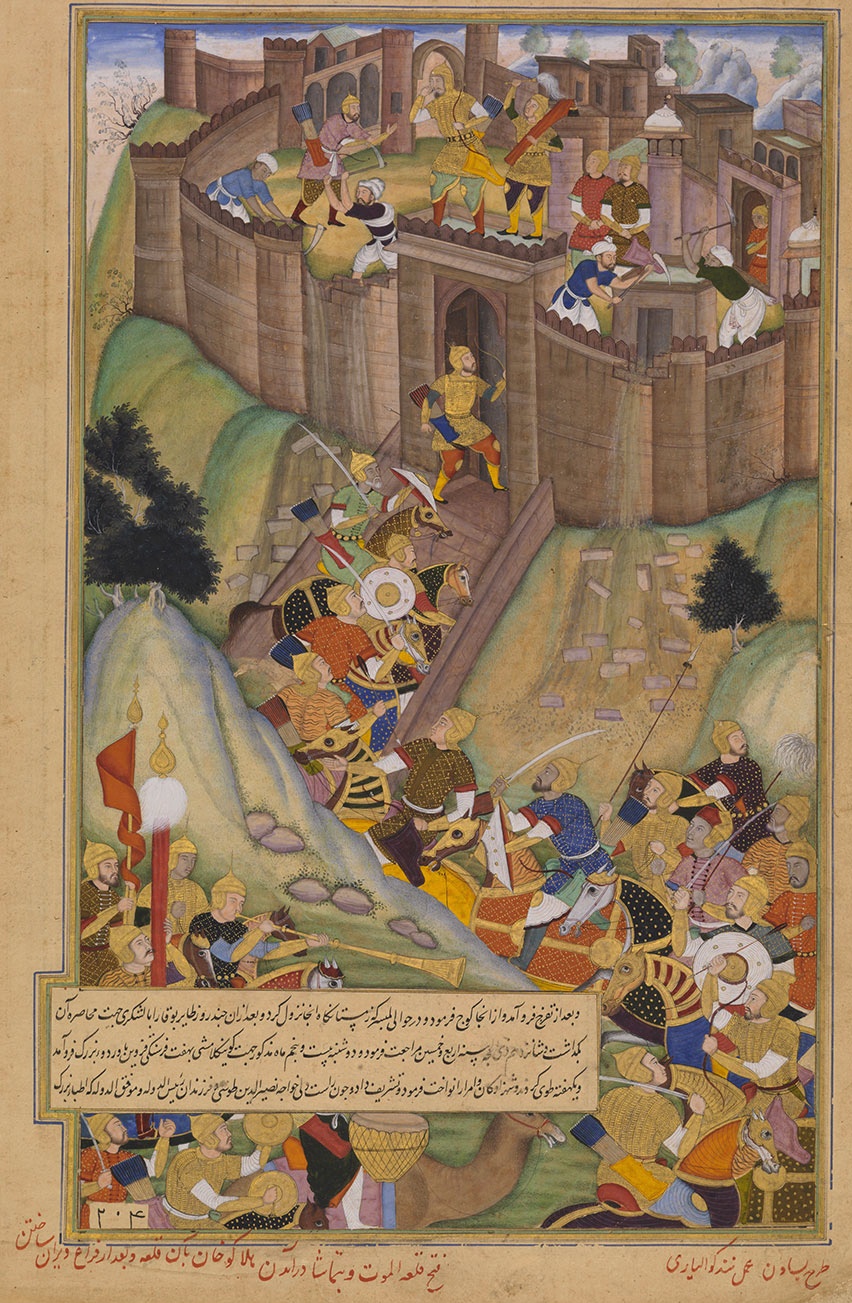http://en.wikipedia.org/wiki/Nasir_al-Din_al-Tusi wrote:
<<Muḥammad ibn Muḥammad ibn Ḥasan Ṭūsī (born 18 February 1201 in Ṭūs, Khorasan – 26 June 1274 in al-Kāżimiyyah, Baghdad), better known as Naṣīr al-Dīn al-Ṭūsī or simply Tusi in the West, was a Persian polymath and prolific writer: an astronomer, biologist, chemist, mathematician, philosopher, physician, physicist, scientist, theologian and Marja Taqleed.
As the armies of Genghis Khan swept his homeland, he fled to join the Ismailis and made his most important contributions in science during this time when he was moving from one stronghold to another. He finally joined Hulagu Khan's ranks, after the invasion of the Alamut castle by the Mongol forces. Tusi convinced Hulegu Khan to construct an observatory for establishing accurate astronomical tables for better astrological predictions. Beginning in 1259, the Rasad Khaneh observatory was constructed in Azarbaijan, west of Maragheh, the capital of the Ilkhanate Empire.
........................................................
Based on the observations in this for the time being most advanced observatory, Tusi made very accurate tables of planetary movements as depicted in his book Zij-i ilkhani (Ilkhanic Tables). This book contains astronomical tables for calculating the positions of the planets and the names of the stars. His model for the planetary system is believed to be the most advanced of his time, and was used extensively until the development of the heliocentric model in the time of Nicolaus Copernicus. He also calculated the value for the annual precession of the equinoxes and contributed to the construction and usage of some astronomical instruments including the astrolabe. Tusi was the first to present empirical observational evidence of the Earth's rotation, using the location of comets relevant to the Earth as evidence, which Ali al-Qushji elaborated on with further empirical observations. The arguments of Tusi were similar to the arguments later used by Copernicus in 1543 to explain the Earth's rotation.
........................................................
Biology
Tusi wrote extensively on biology and is one of the early pioneers of biological evolution in scientific thought. He begins his theory of evolution with the universe once consisting of equal and similar elements. According to Tusi, internal contradictions began appearing, and as a result, some substances began developing faster and differently from other substances. He then explains how the elements evolved into minerals, then plants, then animals, and then humans. Tusi then goes on to explain how hereditary variability was an important factor for biological evolution of living things: "The organisms that can gain the new features faster are more variable. As a result, they gain advantages over other creatures. [...] The bodies are changing as a result of the internal and external interactions."
........................................................
Chemistry and Physics
In chemistry and physics, Tusi stated a version of the law of conservation of mass. He wrote that a body of matter is able to change, but is not able to disappear: "A body of matter cannot disappear completely. It only changes its form, condition, composition, colour and other properties and turns into a different complex or elementary matter."
........................................................
Mathematics
In his On the Sector Figure, he formulated the famous law of sines for plane triangles, which was one of his main mathematical contributions. He also stated the law of sines for spherical triangles, discovered the law of tangents for spherical triangles, and provided proofs for these laws.
In 1265, Tusi wrote a manuscript regarding the calculation for nth roots of an integer. Moreover, he revealed the coefficients of the expansion of a binomial to any power giving the binomial formula and the Pascal triangle relations between binomial coefficients. He also wrote a famous work on theory of colour, based on mixtures of black and white, and included sections on jewels and perfumes.
........................................................

A 60-km diameter lunar crater located on the southern hemisphere of the moon is named after him as "Nasireddin". A minor planet 10269 Tusi discovered by Soviet astronomer Nikolai Stepanovich Chernykh in 1979 is named after him. The K. N. Toosi University of Technology in Iran and Observatory of Shamakhy in the Republic of Azerbaijan are also named after him.>>
 The Starry Night of Alamut
The Starry Night of Alamut

